Hello and welcome to a post where I’ll discuss the differences between Webtoon and Manga . The world of visual storytelling has evolved significantly with the emergence of distinct formats—namely traditional Japanese comics, which is typically black and white, and the Korean comics, which is fully colored. While both offer enjoyable experiences to their fans, there are fundamental differences that make each medium uniquely special.
Check Out My Online Store for All Your Art Needs
In this article, I will outline the main distinctions between webtoon and manga in terms of artistic style (drawing and visual direction) as well as storytelling methods and publishing. Ready? Let’s begin!
Many people enjoy reading both styles, switching between these two amazing art forms — whether it’s Japanese or Korean stories, each one is a unique and beautiful expression of creativity.

The Difference in Art Style “Drawing”
Japanese comics
Both Webtoon and Manga feature different art styles. Japanese comics is typically black and white with extensive use of shading and toning, and fine line work to add depth and detail.
This approach gives it a distinctive character, requiring advanced manual or digital illustration skills. Many Japanese mangaka have excelled in this art, leaving their mark on the enchanting world of manga.

Korean comics
Meanwhile, the Web toon is based primarily on bright colors, making it visually attractive—especially to a newer generation of readers who prefer color harmony along with dialogue balloons.
Since Webtoon is drawn digitally from start to finish, artists can use modern tools to create smooth and captivating visual effects. Colors play a central role in conveying mood and emotions more strikingly than in traditional Japanese art.

Differences in Publishing and Layout
Japanese comics
One of the biggest differences between webtoon and manga lies in the way they are published and formatted. Manga is traditionally published in printed magazines or volumes and is read right-to-left, embracing Japanese writing culture, which shares similarities with Arabic script direction.
Japanese manga is generally sold in bookstores or magazines—not released freely online—so readers must physically purchase each chapter.

Korean comics
In contrast, readers can access new Web toon chapters instantly from home because Webtoon is designed for vertical scrolling.
Pages are displayed in a continuous strip, ideal for smartphones, tablets, and computers. This layout makes reading feel modern and accessible—perfect for today’s mobile-savvy generation.

Audience Interaction
Interaction differs between Web toon and Manga. Manga typically depends on publishing houses and magazines to control content and release schedules. In contrast, Webtoon enables artists to publish directly on digital platforms like Webtoon and Tapas, allowing immediate reader engagement through comments and ratings.
This ongoing feedback loop offers artists a chance to adjust their stories or visuals based on audience reactions—making the web toon experience more interactive.

Commonalities
Despite their differences, both formats share certain visual elements—for instance, dialogue balloons remain a staple in both , serving as the primary way characters communicate emotions and speech.
Similarly, both use panel-based framing: artwork is contained within rectangles or squares, where characters and backgrounds are rendered.
Regarding background art, few artists draw them manually; most rely on 3D models or software tools to generate scene backdrops quickly.

In summary, the difference between them isn’t vast, friends. Whether you prefer the classic, detail-rich style of manga or the modern, color-coordinated layout of Korean comics, the choice comes down to your personal taste and the reading experience you enjoy. They both possess their own artistic magic. Personally, I lean toward Japanese comics for its precision and intricate detail—but that’s just my preference. Each medium has its charm! I hope this helped clarify the differences. Share your thoughts in the comments, and I’ll see you in another post soon.

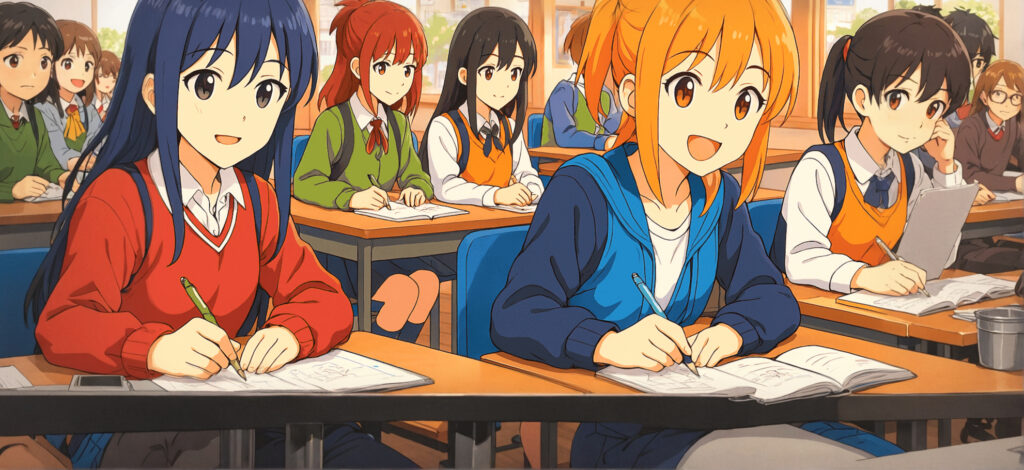
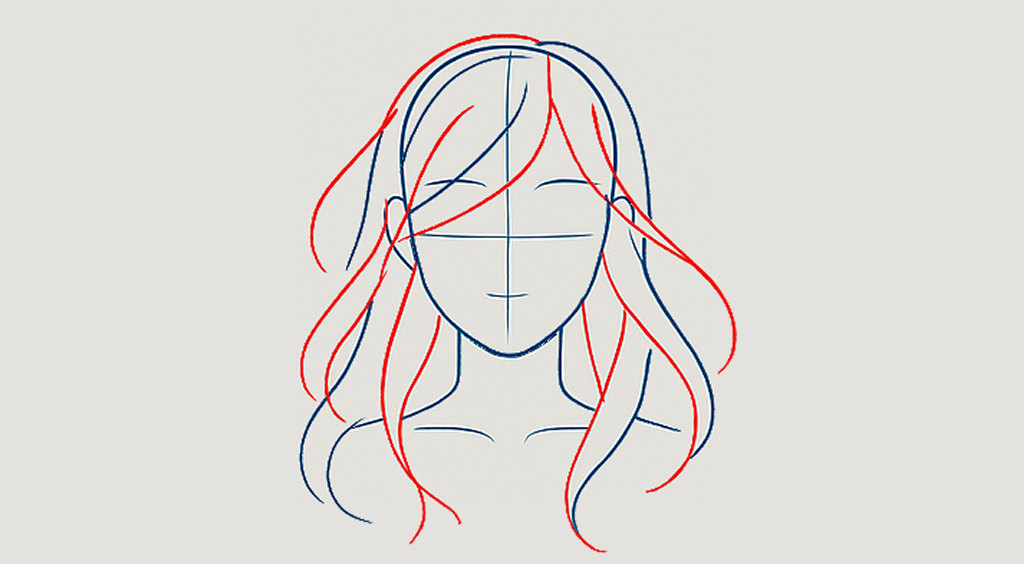
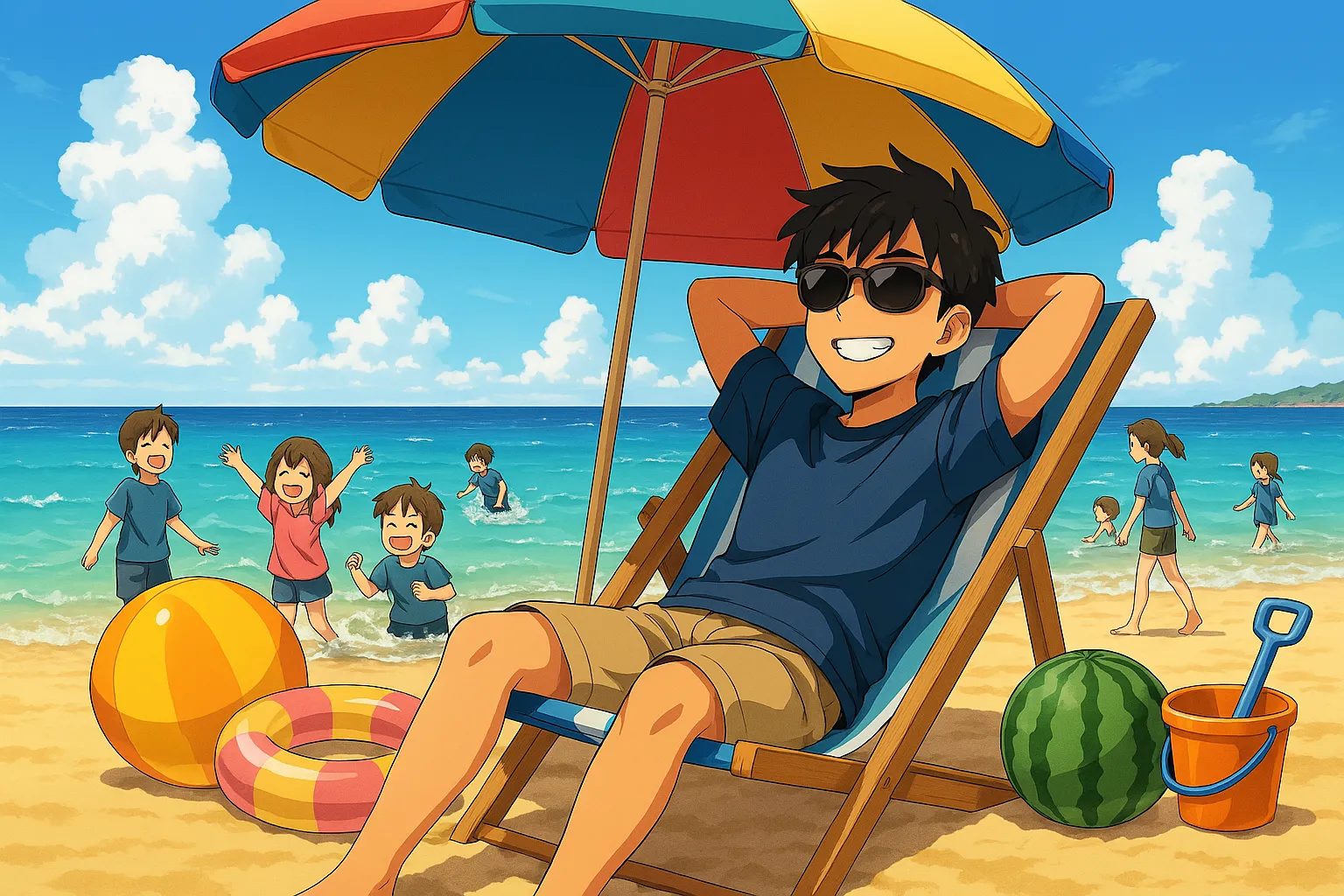
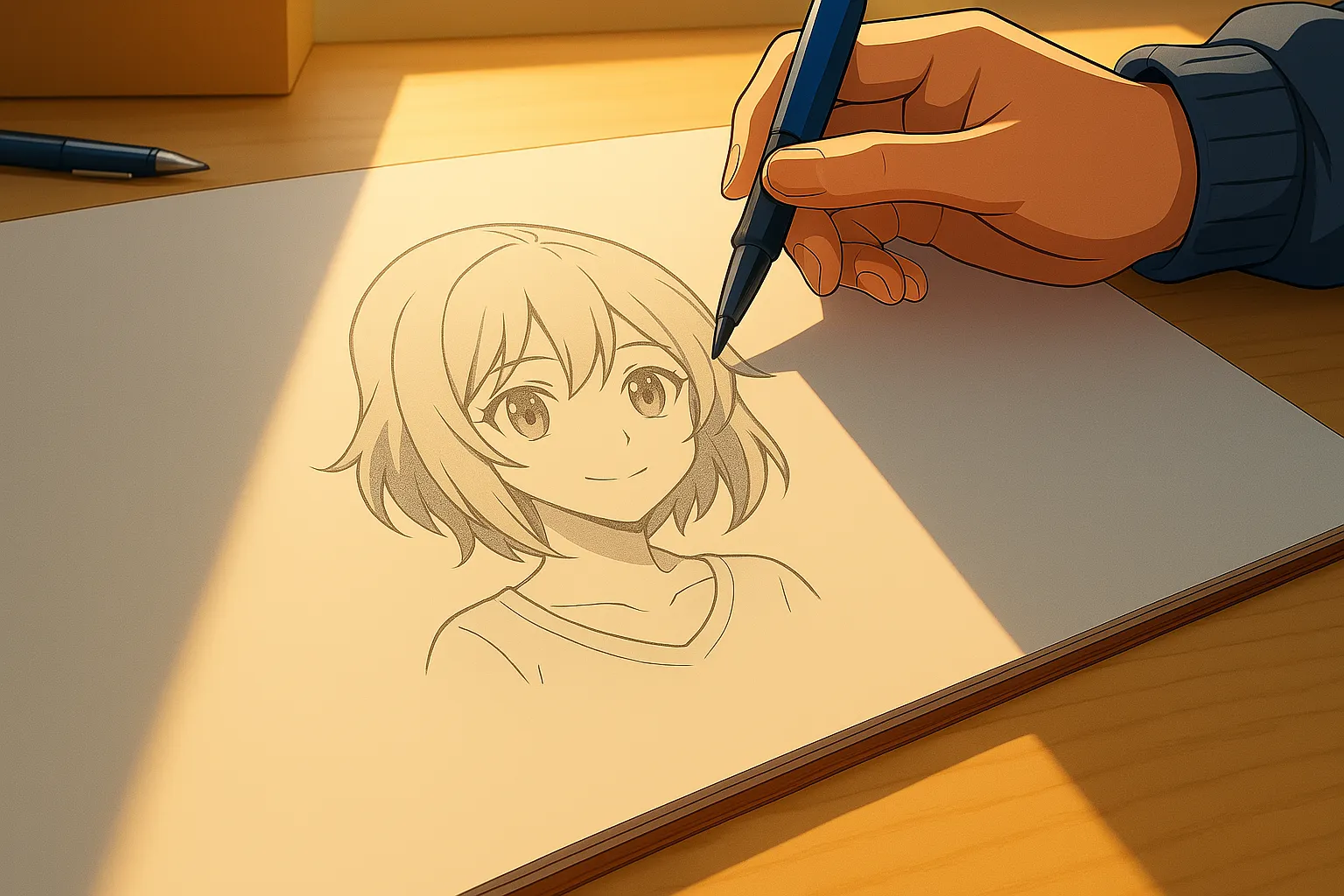



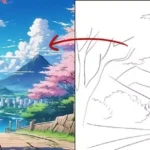

Leave a Reply